The US Air Force, along with Boeing, is testing autonomous technologies, and a demonstration on the C-5 aircraft showed the potential use of drones to assist in the technical maintenance of aircraft. However, the defense giant now needs to overcome its "biggest limitation" - to ensure that drones really work in any weather conditions.
During a recent demonstration in a hangar at Dover Air Force Base in Delaware, the drone was operating around a quarter of the C-5, stopping and hovering over various parts of the aircraft, taking pictures that were instantly transmitted to the ground control station, reported Breaking Defence.
The demonstration was part of Boeing's Autonomous Inspection Program (AAI) - a joint program launched several years ago with Near Earth Autonomy company, which specializes in autonomous aviation. The two companies conducted the first scanning of a C-5 aircraft using a drone to assist with technical maintenance in a hangar at Dover Air Force Base.
David Murphy, the senior test pilot for the Near Earth Autonomy program, told reporters that the "overwhelming majority" of the program's benefits will come from outside the hangar, when aircraft scanning can be done right on the runway.
Representatives from Boeing, Near Earth Autonomy, and the Air Force watched as the drone passed through 34 places on the aircraft, stopped and hovered over the wing of the aircraft, next to the left side door of the aircraft, and at a height of 20 m above its tail.
This is what Scott Belanger, the head of Boeing Global Services, called a "crescendo moment" - a process that usually involves multiple inspectors in safety harnesses with yellow ropes, stretched along the aircraft, who cannot see beyond the tail, unlike a drone. According to Belanger, usually "it takes the crew an hour and a half just to get up there".
After completing the inspection, the drone slowly returned to the ground, spending only 10-15 minutes scanning a quarter of the 75-meter aircraft - this is orders of magnitude less time than a human safety check, and more accurate. The 34 check points that the drone had to pass were identified based on a plan created using a 3D model of the aircraft taking into account the requirements of the US Air Force.






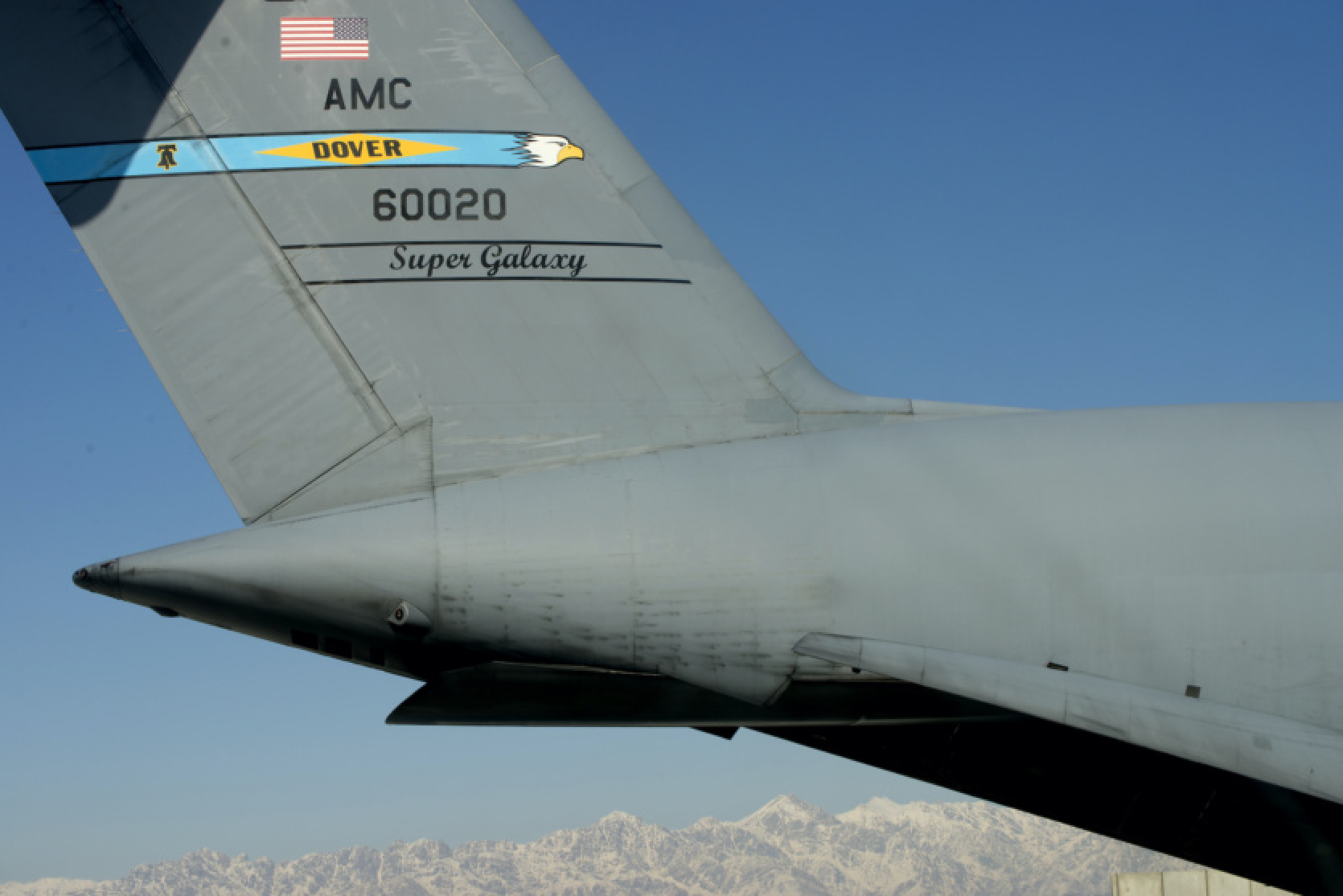


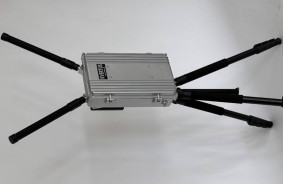
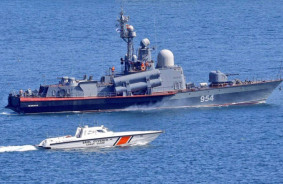
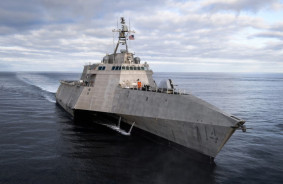
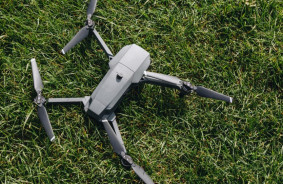
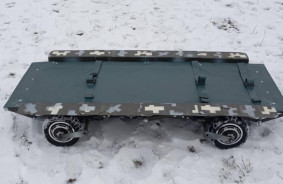
Comments (0)
There are no comments for now